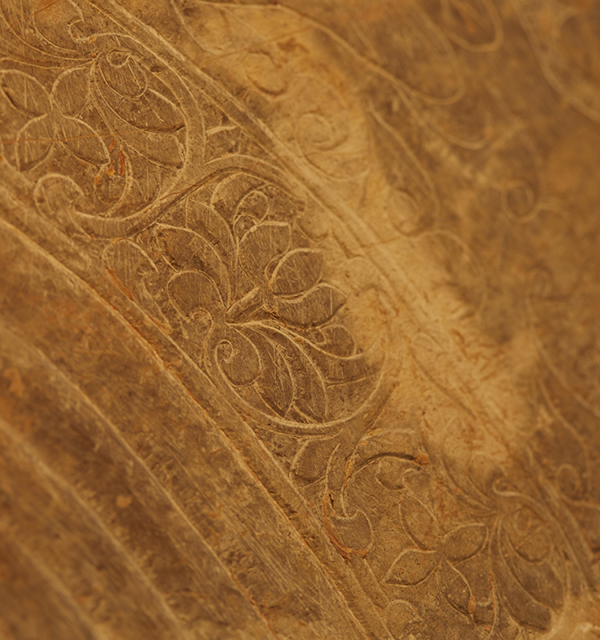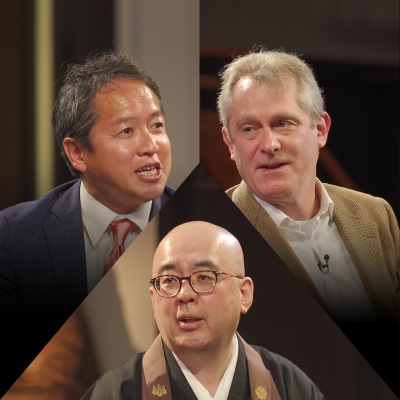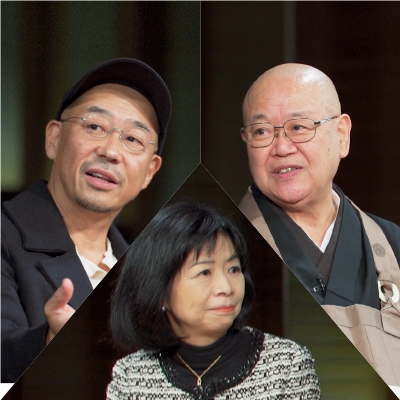
The History of Zen: Discovering the Roots of Sōtō Zen (17)
From Prof. KAGAMISHIMA Genryū’s Zengaku gairon kōgi nōto
(Introduction to Zen Studies Lecture Notes)
The period of the Five Houses was the golden age of Zen in which the Sinicized features of Chinese Zen were most clearly manifested. The first distinctive feature of Zen in the Five Houses period was that it was freed from the authority of scriptures and writings. The slogan of Zen that it was “a special transmission outside the scriptures, not based on words and letters” had already been expressed by Huineng, but was most strongly expressed in the time of the Five Houses. The Five Houses of Zen abandoned the authority of scriptures and writings, and saying that scriptures and writings were “a finger pointing at the moon” emphasized forgetting the finger to look directly at the moon.
The second feature of the Five Houses of Zen was the popularity of its paradoxical dialogue. Even before the time of the Five Houses dialogues were held between the master and trainee, but they were logical. However, during the Five Houses period they became paradoxical. In other words, these dialogues involving incongruity.
For example, when Qingyuan was asked by a monk, “What is the meaning of the Buddha’s teaching?如何是仏法大意” he answered, “What is the price of rice in Luling?廬陵米、作麽価” Zhaozhou was asked by a monk, “What is the meaning of Bodhidharma coming from the west?如何是祖師西来意” to which he replied, “The cypress tree in the garden.庭前柏樹子” In both cases no connection can be found between the question and answer. In later periods such nonsensical dialogues were called Zen dialogues, and such Zen dialogues were popular in the Five Houses period.
The third feature of Five Houses Zen was the use of direct action to demonstrate the teachings of Zen. When logical language and words were insufficient to reveal the teachings of Zen during dialogues between the Zen master and the disciples, the use of direct action was employed rather than language. During the Five Houses period the Zen master often used physical actions to reveal Zen teachings. In Zen this is called “dynamic action” (Jpn. Kikan機関). In this period Zen dynamic action was most popular. Accordingly, the methods for instructing the trainee gradually became more skillful and complex, and various kinds of dynamic action came about. The kōans公案 that developed later organized the collections of such dynamic action. In this way, the Zen of the Five Houses period was freed from the authority of scriptures and writings, and became unrestricted and lively.

SPECIAL
ZEN,KOMAZAWA,MANAGEMENT
For our 5th discussion in this series we welcomed guest participant Mr. David Atkinson, CEO of Konishi Decorative Arts and Crafts, for a three-way dis・・・
2020.08.07

SPECIAL
ZEN,KOMAZAWA,MOVIE
For our fourth interview we welcomed film director Tatsushi Ōmori as our guest, and together with Komazawa University Chancellor Seishi Nagai and Prof・・・
2020.03.05

